Short Book Reviews
Hanna Kryszewska is a teacher, teacher trainer, trainer of trainers. She is a senior lecturer at the University of Gdańsk, Poland. She is co-author of resource books: Learner Based Teaching, OUP, Towards Teaching, Heinemann, The Standby Book, CUP, Language Activities for Teenagers, CUP, The Company Words Keep, DELTA Publishing, and a course book series for secondary schools: ForMat, Macmillan. She is also co-author of a video based teacher training course: Observing English Lessons. Hania is a Pilgrims trainer and editor of HLT Magazine. E-mail: hania.kryszewska@pilgrims.co.uk
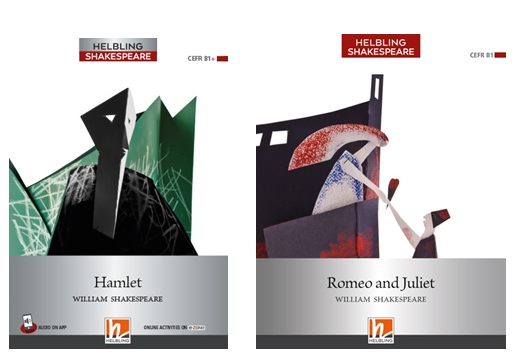
Hamlet. W. Shakespeare. Edited and activities by D. J. Ellis (2019) Helbling Languages. ISBN 978-3-99045-857-4, pp 128, Romeo and Juliet. W. Shakespeare. Edited and activities by D. J. Ellis (2019) Helbling Languages. ISBN 978-3-99045-856-3, pp 128. The two titles analysed in this review belong to the new Helbling Shakespeare Series, a series of readers for secondary and older learners of English at levels B1-B2. (The books are available at three levels at Preliminary, Towards First and First levels of the Cambridge Exams). The aim of the books is to help language learners to appreciate Shakespeare in the original, and put “Shakespeare’s words centre stage”. This is possible thanks to the fact that the editor and author of the activities has chosen short key fragments of the plays alongside parallel modern version of the text, extensive vocabulary work, and summaries of the plot filling in the gaps between the original extracts; altogether eight of them. The scenes are not only presented in simplified/ modern English, but the learners also need to show their understanding of what is happening by, for example putting’ the events in the correct order, or by explaining the figures of speech Shakespeare uses. Additionally there is information of the life of Shakespeare, a timeline with the main events in his life, background information on the play and the characters, cultural background such as the history of tragedy as a genre, understanding performing a written text (From Reading to Performing section). There is also an element of testing in eight review sections and the PET Exam practice at the end of the book which test in the exam format various language skills relating to the Shakespeare play, and speaking based on visual material, mainly fine arts. Each of the publications is introduced by Christina Klein Wolf from University of Leicester. Last not least the books are beautifully illustrated and designed; they are also supported by an app and additional content on the Helbling e-zone. Highly recommended as a truly CLIL publication.
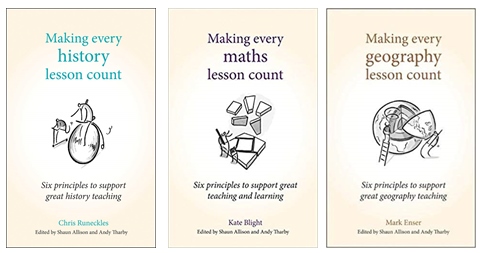
Making every geography lesson count. Six principles to support great geography teaching. M. Enser. Crown House Publishing Limited.(2109) ISBN- 978-178583339-7, pp 13, Making every geography history lesson count. Six principles to support great history teaching. C. Runeckles. Crown House Publishing Limited.(2108) ISBN- 978-178583336-6, pp 138, Making every math lesson history count. Six principles to support great maths teaching. E. McCrea. Crown House Publishing Limited. (2109) ISBN- 978-178583332-6, pp 172. The books in the series follow the success of Making Every Lesson Count so they follow the same principle and are edited by the same team Shaun Allison and Andy Tharby, who have defined the six teaching and learning principles the books implement. They talk about the ‘sweet spot’ at the intersection of the three areas as represented by this Venn diagram:
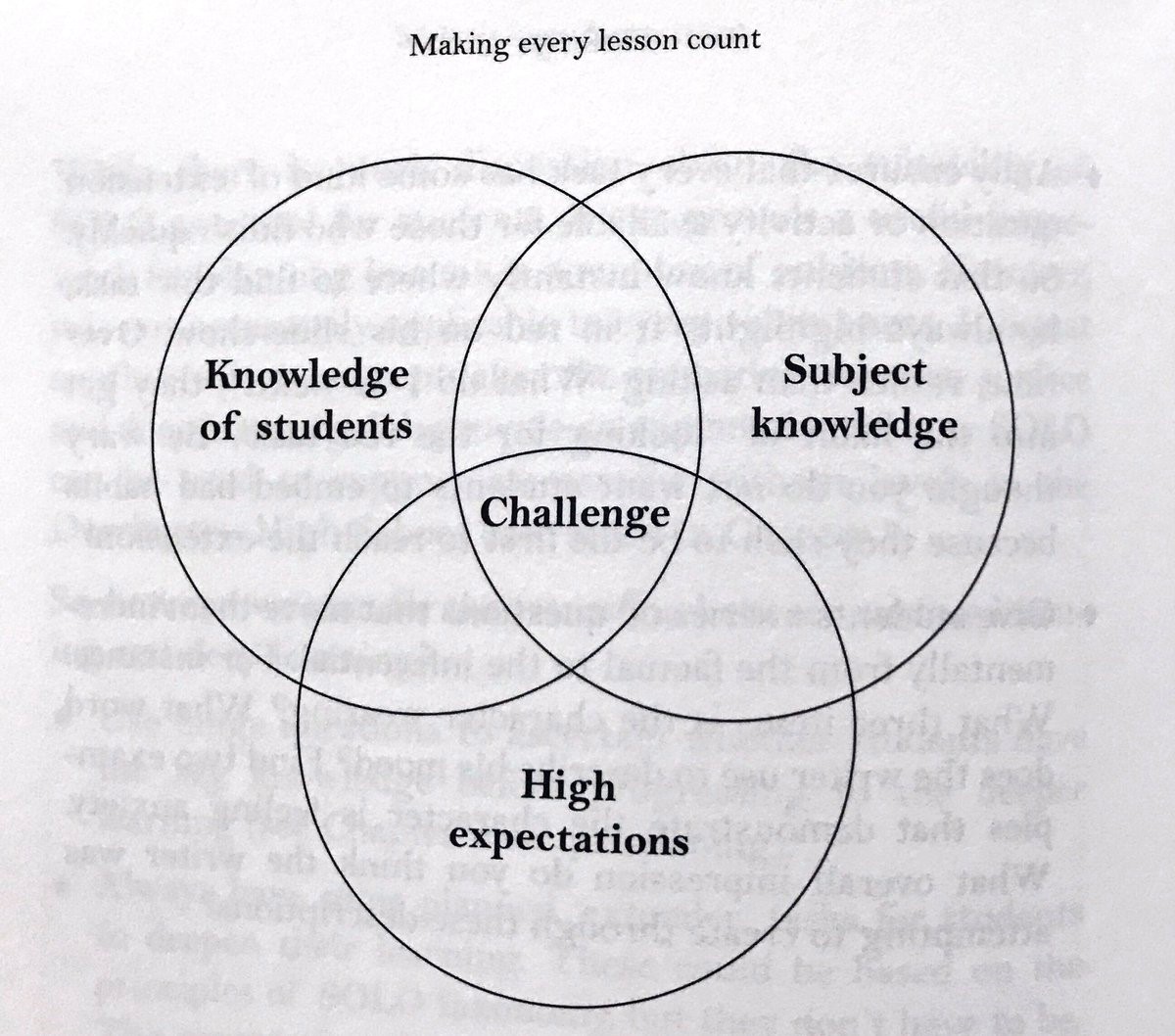
The aim of the books is to help the teachers encourage students to love the subject and excel in it. The areas the books look at or perhaps better said the procedure they propose are: Challenge, Explanation and Modelling, Practice, Questioning and Feedback. This approach is reflected in the division of the books into chapters and their structure. In a nutshell challenges looks at how to help students aim high, explanation helps acquire new knowledge and skills, modelling shows how to apply this new knowledge and skills, questioning offers an opportunity to think hard, deep and accurately, and finally in feedback students think about ways of further developing their knowledge and skills. Here they are represented in a diagram to show how they are interlinked and integrated.
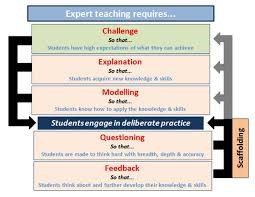
Each chapter presents a rationale for example the rationale of challenge referring to various aspects of education, e.g. cognitive psychology, then they look at the strategies followed by concrete examples. The books in question focus mainly on secondary school contexts and would be of interest to teachers who implement so called hard CLIL ( are content teachers who deliver their courses in English, not language teachers who delve into content derived from other subjects), as the content is very specialised and fine-tuned. However EFL teachers would definitely be inspired by: Making every primary lesson count, Making every English lesson count and Making every MFL lesson count, where MLF stands for Modern Foreign Language. Other books in the series include:
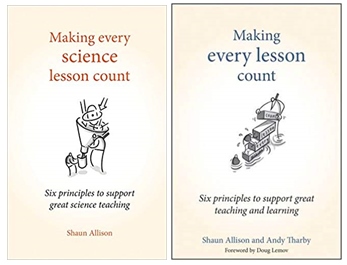
More information at https://www.crownhouse.co.uk/publications/category/making-every-lesson-count
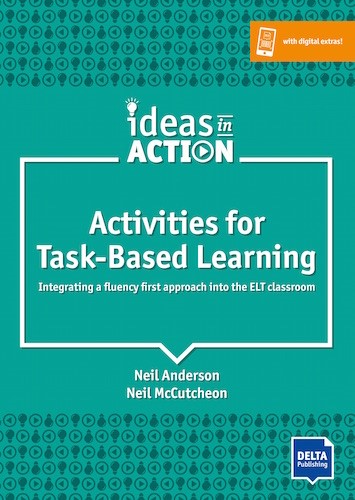
Activities for Task-Based Learning. Integrating a fluency first approach into the ELT classroom. N. Anderson and N. McCutcheon (2019) Delta Publishing ISBN 978-3-12-501701-6, pp.152. The Ideas in Action series is a new DELTA publishing initiative which has a hands-on practical approach which addresses the vital ELT issues in the 21st century. The series editor is Neil Anderson and he has co-written the book which is the subject of this review, and the author of the book about which you can read in the review below. Task-based Learning has been around for about 40 years and is undoubtedly a face of the Communicative Approach which has travelled well. If there are educational contexts that question the validity of the Communicative Approach believing it needs replacing for example by Mediation as define by CEFR, Task-based Learning is doing really well in language classrooms as well as in CLIL classrooms where it has been used as the leaning approach next to making Thinking Visible. The book starts with an outline of the approach, some history and main principles, which is the only theoretical part of the book. After that it is fully hands-on: first with some micro-strategies, tools for pre-tasks, on-task and post task lesson phases , and then 6 sections with practical activities grouped around: categorising, opinion gaps, problem-solving, sharing personal experiences, creative tasks, and finally whole class activities. The activities are hands-on, described in and easy to follow way, and where necessary there is photocopiable material. Some of the activities can be used with all level learners, while some are aimed at B1/C2. As for the age of the learners, the author states that it is 16+ but I would say that some activities are suitable for late primary, too. This resource book is ideal for teachers who want to start implementing TBL in their teaching first using some well tested models prepared for them, before they start designing their own TBL lessons and lesson cycles.
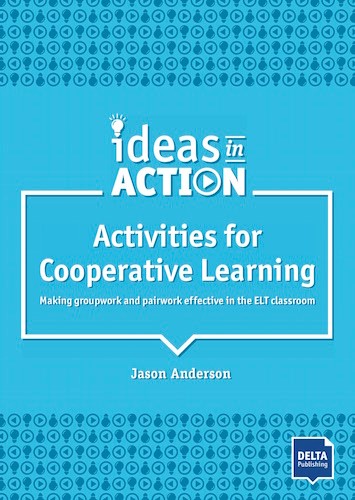
Activities for Cooperative Learning. Making groupwork and pairwork effective in the ELT classroom. J. Anderson (2019) Delta Publishing ISBN 978-3-12-501734-4, pp.140. The Ideas in Action series is a new DELTA publishing initiative which has a hands-on practical approach which addresses the vital ELT issues of the 21st century. The series editor is Neil Anderson and he has co-written the book which is the subject of this review, and is the author of the book about which you can read in the review above. Cooperative learning is a very important area in the present day classroom. Language learning has got a new dimension as much of it is about sharing and working in groups. Those EFL teachers who implement the Making Thinking Visible approach know best that creating a sharing and cooperative environment is vital to creating communities of thinking and learning. In making thinking visible learners must feel confident and comfortable when sharing their thoughts and ideas. Hence the book will be of great importance and help to those teachers who want to create such a learning environment, even though the author does not mention Making Thinking Visible just Cooperative Learning such as pair work and group work. The book contains a lot of activities for A1/A2 learners and above, which is great as seeds for cooperative learning need to be sown early, at low levels, some activities are aimed at B1/B2 levels which is fine too as cooperation skills need to be perfected and worked on at higher levels too. The author states that the age group the book is aimed at is 11+, and I agree, but I believe some of the activities could be adopted for lower levels. The book contains over 30 activities/lesson outlines, all presented in the form of clear procedures and when necessary there are photocopiable materials.
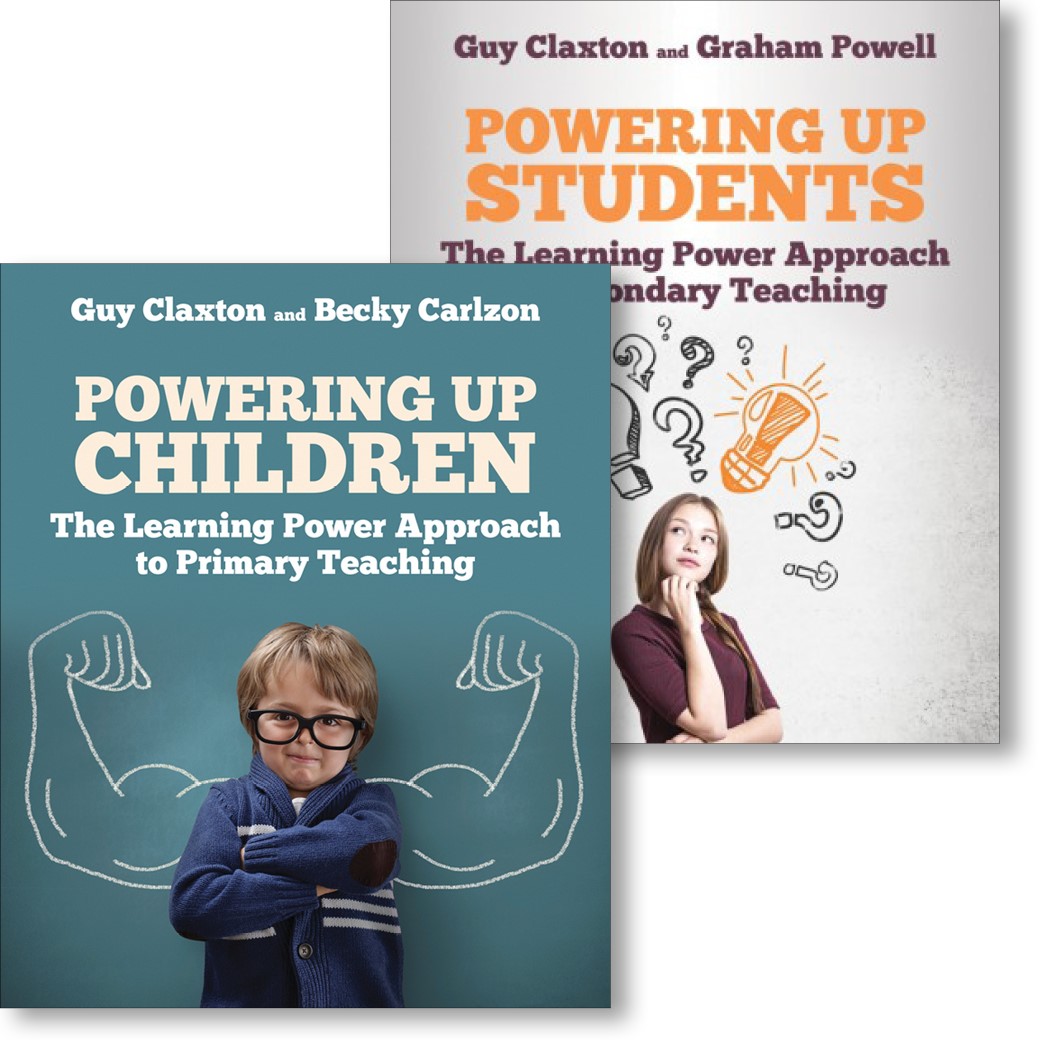
Powering up Children. The learning Power Approach to Primary Teaching. Guy Claxton and Becky Carison. Crown House Publishing. (2019). ISBN: 978-178583337-3, pp 311
Powering up Students. The learning Power Approach to High School Teaching. Guy Claxton and Graham Powell. Crown House Publishing. (2019). ISBN: 978-178583356-0, pp 31. These two books need to be reviewed together because when treated as one entity they cover a very long stretch of education children, and form a coherent and continuous whole. Also we need to treat high school teaching as a natural continuation of primary education. Finally the books are linked by the name of one of the co-authors: Guy Claxton, who is a cognitive psychologist interested in various aspects of human intelligence and the role schools play in fostering or hampering intellectual growth. The other two authors are very experienced teachers and educators working with learners in their respective age groups. Teams of authors like these are bound to produce very inspiring and insightful approaches. The aim of the books is not to criticise the current status quo in education but to take what teachers are already doing well and to help them move forward by changing their mind-sets. The main aim of education is not to give the kids a happy childhood or to help them success in exam; the aim of education is to help the learners develop as independent and determined learners who show initiative and love learning. This is the essence of the Learning Power Approach. The books look at creating a classroom environment conducive to learning, the role of language and body language in the process, the relationship between independence and responsibility, the role of cooperation and collaboration (especially among older learners), the importance of challenge and reflexion on the road to improvement. Although the book is not aimed specifically at English language teachers, it will be very inspiring for them too.
Please check the Methodology and Language for Kindergarten course at Pilgrims website.
Please check the Methodology and Language for Primary course at Pilgrims website.
Please check the Methodology & Language for Secondary course at Pilgrims website.
Please check the Teaching Advanced Students course at Pilgrims website.
Please check the English Language course at Pilgrims website.
Please check the English Course for Teachers and School Staff at Pilgrims website.
Please check the Creative Methodology for the Classroom course at Pilgrims website.
Please check the CLIL for Secondary course at Pilgrims website.
Please check the How to be a Teacher Trainer course at Pilgrims website
Short Book Reviews
Hania Kryszewska, PolandCoaching For Language Learning, reviewed by the author
Emmanuelle Betham, UKReview of Harmer and Puchta Story Telling Book
Mario Rinvolucri, UKThe Park
Amy Humphreys, UKHacking Creativity, a New Book by Nik Peachey - Co-Founder Peachey Publications Ltd
Nik Peachey, UKA Book to Look Out For – Coming Your Way Soon
Alan Maley, UKNew Titles from DELTA